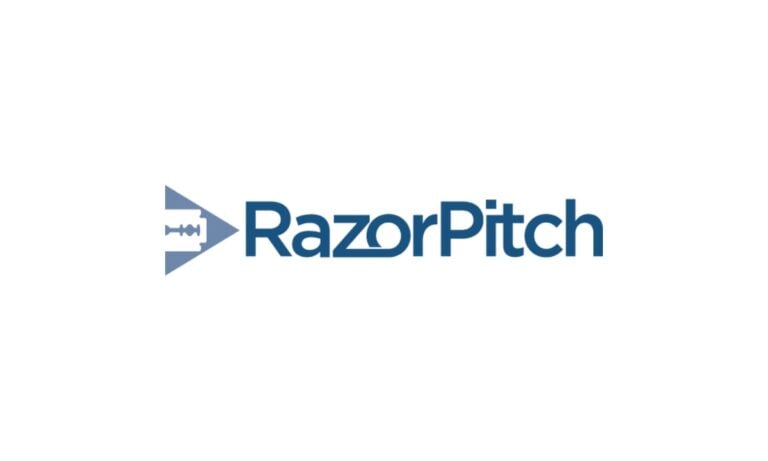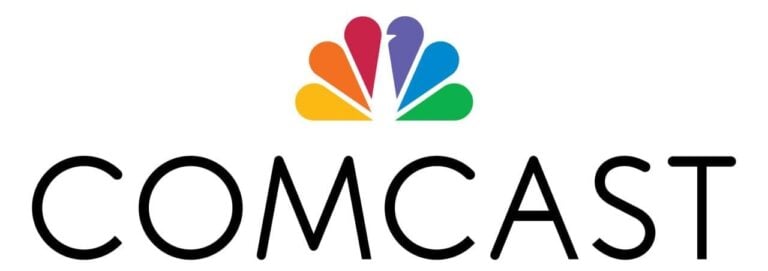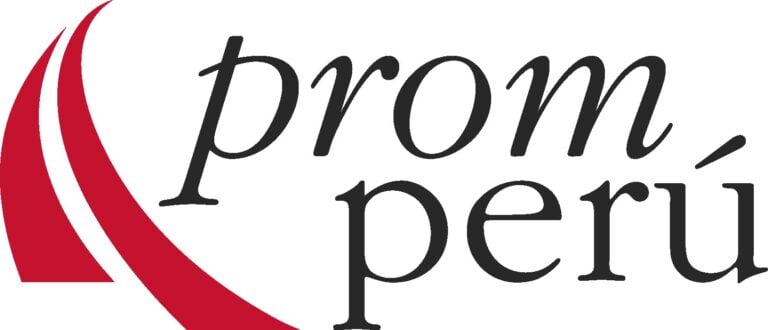Having medical insurance doesn’t immunize you against unexpected health-care costs.
Just ask the 41% of American adults with health-care debt, even though 90% of the U.S. population has some sort of health insurance. (1)
Trending Now
- Thanks to Jeff Bezos, you can now become a landlord for as little as $100 — and no, you don’t have to deal with tenants or fix freezers. Here’s how
- I’m 49 years old and have nothing saved for retirement — what should I do? Don’t panic. Here are 6 of the easiest ways you can catch up (and fast)
- Dave Ramsey warns nearly 50% of Americans are making 1 big Social Security mistake — here’s what it is and 3 simple steps to fix it ASAP
One of the big reasons people go into health-care debt is that they’re not fully aware of what their insurance policy covers — and what they must pay out of pocket. Switch insurers during treatment and things get even messier.
Imagine Zoë, who has been seeing a psychotherapist for a few years.
Her former insurer covered her therapy. But this year she switched to a new insurer under the Affordable Care Act, assuming her treatment would still be covered.
Not so.
Unfortunately, while her original insurer had a contractual agreement with that therapist (so the therapist was considered “in network” and covered under Zoë’s policy) her new insurer has no such contract with the therapist — so the therapist is considered out-of-network.
He informs Zoë that her insurer will not cover the sessions and Zoë owes him $1,800 to date. She’s shocked.
The nasty surprise of an out-of-network bill
The No Surprises Act was passed in 2022 to protect people like Zoë from receiving unexpected bills from out-of-network health-care providers or facilities. Examples of the kind of bill covered:
You get emergency services from an out-of-network provider without prior authorization.
Read more: Here are 5 ‘must have’ items that Americans (almost) always overpay for — and very quickly regret. How many are hurting you?
You go to an in-network care facility and receive supplemental care from out-of-network specialists, such as radiologists or anesthesiologists.
In this particular case, it doesn’t look like this law will protect Zoë as she saw her out-of-network therapist in a non-emergency situation. Moreover, from her new insurer’s perspective, the therapist works in an out-of-network facility.
This demonstrates how important it is to be up-to-date not only whether a certain type of procedure or care is covered by your insurance policy but whether your specific care provider is in-network.
And it’s not enough to look at an insurer’s online database — which can be out of date. You need to double-check. If you didn’t confirm your care provider was in-network with the insurer, then you’re probably on the hook for the bills.
However, if you talked to someone at the insurance company or your provider, and they said they were in-network, the mistake lies with whoever gave you the wrong info.
If that’s the case, you should be able to appeal to the insurer or health-care provider. If you can provide documented proof that you were told that the care was covered, whoever made the error is responsible.
You may even want to get the insurance commissioner involved if the insurer tries to fight you on that.
Of course, you’re still responsible for covering your deductible and any charges you should reasonably have known would be assessed.
What to do if you have to pay the bill yourself
If you do end up on the hook for out-of-network care, consider talking with your care provider about payment plan options and whether there is any possibility of discounted services.
Some care facilities have patient care advocates and billing co-ordinators who might be able to help you negotiate a reduced price or enter into an agreement to pay over time — especially if you can document financial hardship or show how the mistake was made.
Ultimately, if the provider won’t work with you, you’ll have to try to pay the bill as best you can. The good news is, if you have under $500 in medical debt or your debt is less than a year old, it shouldn’t show up on your credit report even if it ends up being sent to collections. So you have time to try to work things out.
How can you make sure your care is covered?
To avoid a situation like this in the future, always make sure to get a clear answer, ideally in writing, about whether a provider is in-network or not. Your insurer and your provider should both be willing to help, so don’t just check online or trust directories that could be outdated.
Moreover, if you want to switch insurers but hope to continue working with a specific provider, make sure your desired insurer considers that provider in-network or not.
Again, this means calling the insurance company or the provider directly. That way, you can maintain continuity of care and won’t have to worry about your insurance not paying for the help you need.
Article sources
At Moneywise, we consider it our responsibility to produce accurate and trustworthy content people can rely on to inform their financial decisions. We rely on vetted sources such as government data, financial records and expert interviews and highlight credible third-party reporting when appropriate.
We are committed to transparency and accountability, correcting errors openly and adhering to the best practices of the journalism industry. For more details, see our editorial ethics and guidelines.
(1). Kaiser Family Foundation “The burden of medical debt in the United States”
What to read next
- Robert Kiyosaki warns of a ‘Greater Depression’ coming to the US — with millions of Americans going poor. But he says these 2 ‘easy-money’ assets will bring in ‘great wealth’. How to get in now
- The ultrarich monopoly on prime US real estate is over — use these 5 golden keys to unlock passive rental income now (with as little as $10)
- This tiny hot Costco item has skyrocketed 74% in price in under 2 years — but now the retail giant is restricting purchase. Here’s how to buy the coveted asset in bulk
- Want an extra $1,300,000 when you retire? Dave Ramsey says this 7-step plan ‘works every single time’ to kill debt, get rich in America — and that ‘anyone’ can do it
Stay in the know. Join 200,000+ readers and get the best of Moneywise sent straight to your inbox every week for free. Subscribe now.
This article provides information only and should not be construed as advice. It is provided without warranty of any kind.


